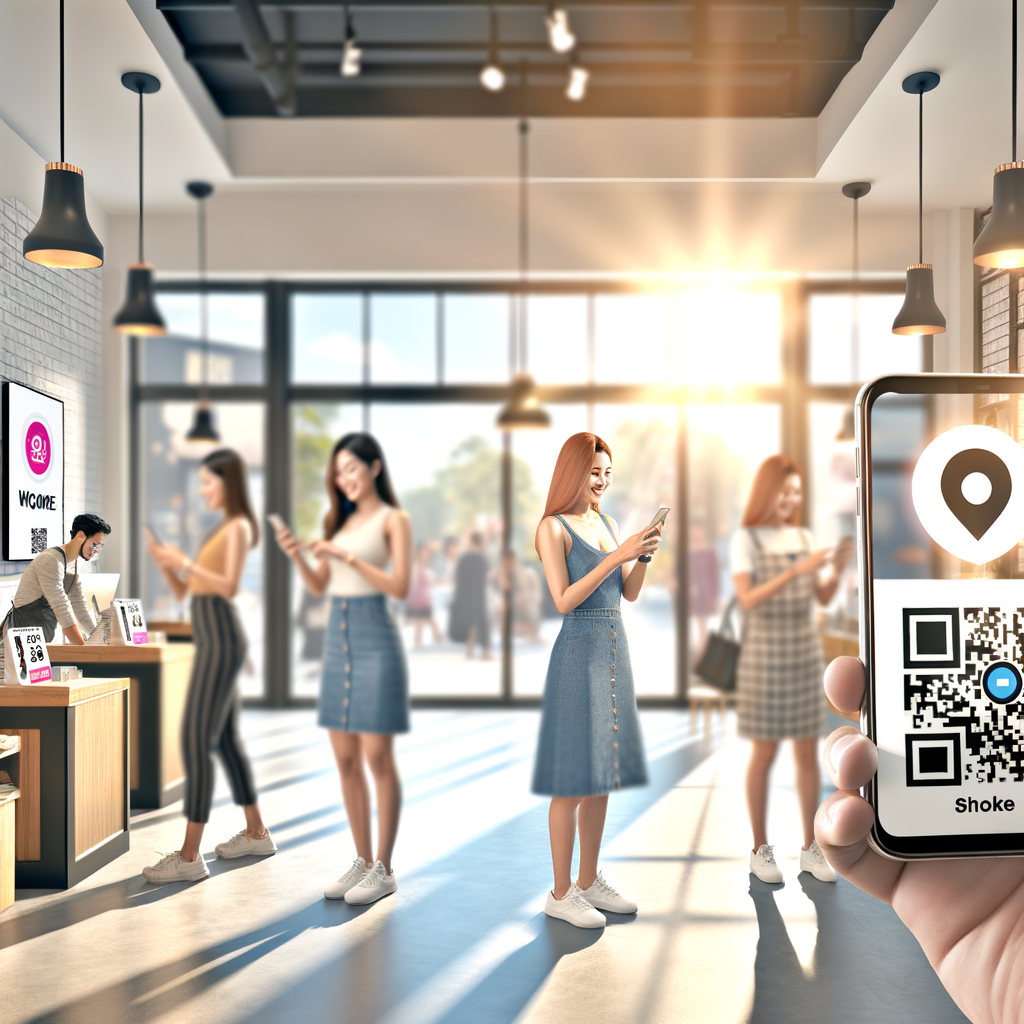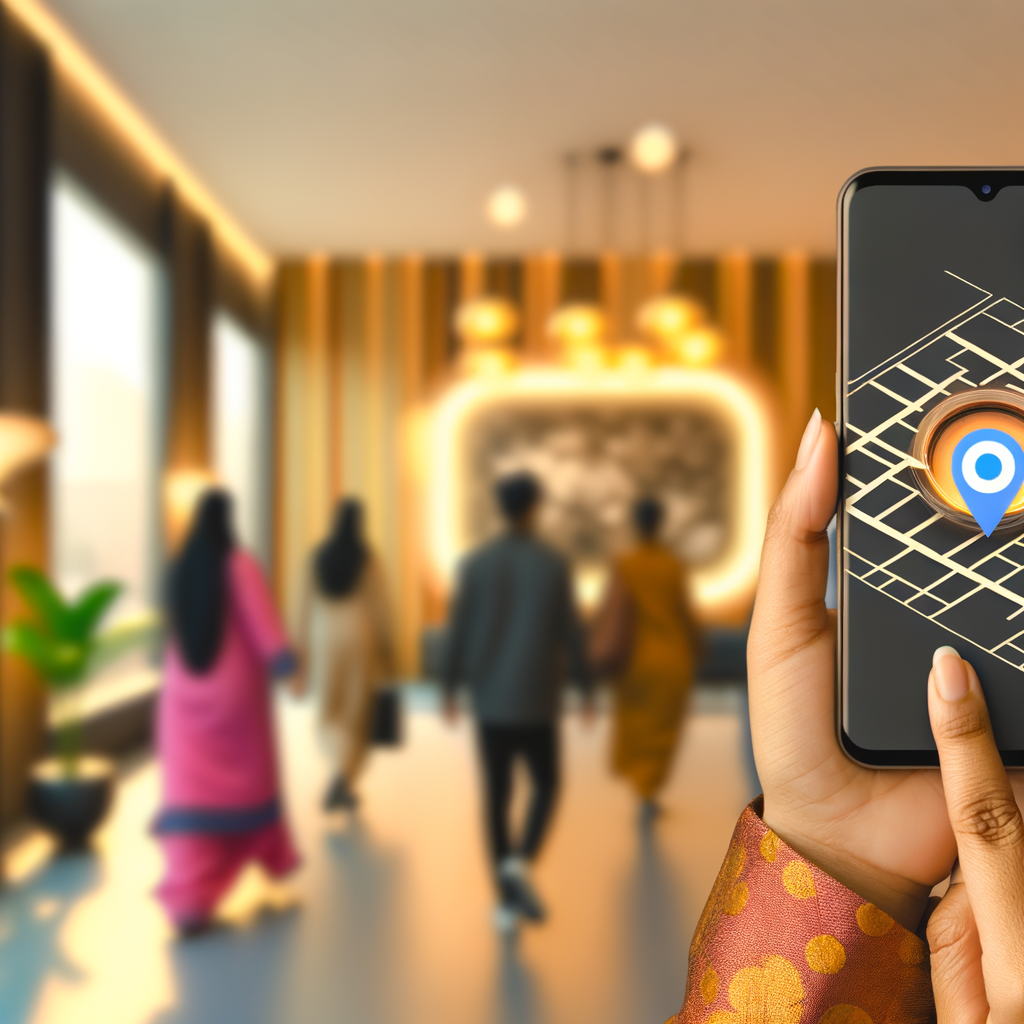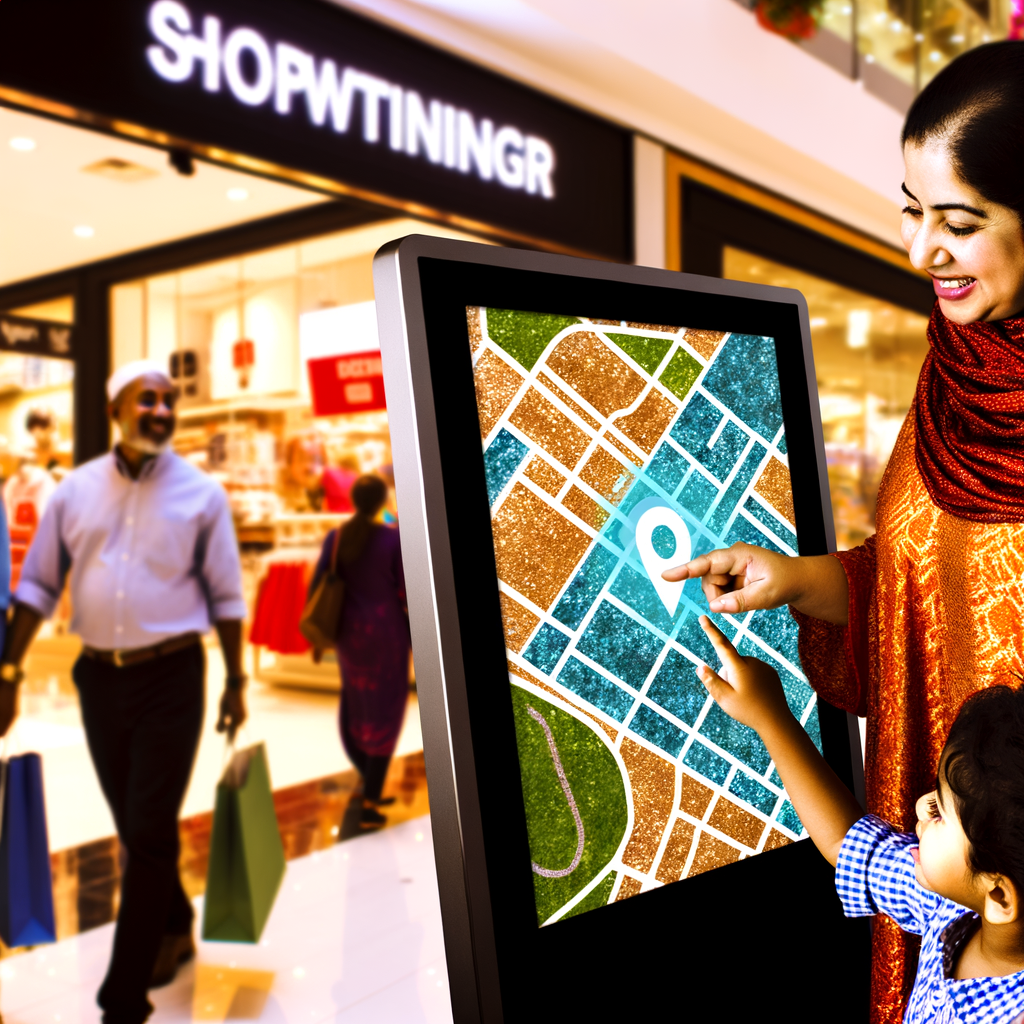Imagine a world where your digital signage or kiosks are not just static displays but dynamic ambassadors that engage customers in real-time with personalized content. Proximity marketing leverages location-based technologies like Bluetooth, Wi-Fi, and mobile signals to create highly customized and timely interactions with shoppers. It’s about delivering the right message at the right time to a customer who is physically nearby, enhancing their shopping experience and influencing their purchasing decisions.
For companies specializing in eSignage or electronic kiosks, this technology translates directly into added value for your clients and their businesses. By integrating proximity marketing tools, your digital installations can become responsive to the presence of customers, offering promotions, product information, or engaging content based on their location and behavior. This doesn’t just enrich the customer journey; it transforms passive interactions into engaging experiences that draw customers in, encourage longer stays, and drive sales.
Shopping plaza owners and mall managers stand to gain significantly from proximity marketing, too. By incorporating location data into your strategies, you can unlock a treasure trove of analytics about foot traffic patterns, peak shopping times, and visitor demographics. Such insights enable you to optimize your space, improve store placement, and enhance the overall shopping environment. More importantly, by understanding how customers move through your mall, you can offer them more tailored and unique experiences, increasing their satisfaction and likelihood of return visits.
In practice, imagine walking through a mall and receiving a notification on your phone about a sale at your favorite store just a few steps away. Or perhaps an interactive kiosk summarizes special offers based on your prior purchases or preferences as you approach. This level of personalization makes shopping convenient and delightful, cultivating loyalty and boosting spending in ways traditional marketing can hardly compete with.
Finally, let’s consider the practical implications for your current business operations. Implementing proximity marketing doesn’t demand an overhaul of your existing infrastructure. Advanced platforms now facilitate seamless integration, providing flexible solutions that fit various budgets and requirements. By adopting these technologies, you introduce efficiency not only in marketing strategies but also in operations, as data-driven insights can guide store layouts, staff allocation, and inventory management.
In conclusion, proximity marketing is not just a trend; it’s an evolution in the retail experience with significant implications for digital signage, kiosks, and retail spaces. It isn’t just about technology for technology’s sake but rather enhancing efficiency, satisfaction, and sales. As decision-makers, you have a unique opportunity to leverage this tool, transforming how you engage with consumers and providing fresh, exciting experiences that keep them coming back. Don’t just remain a part of the conversation—lead it by integrating proximity marketing into your business strategies today.




